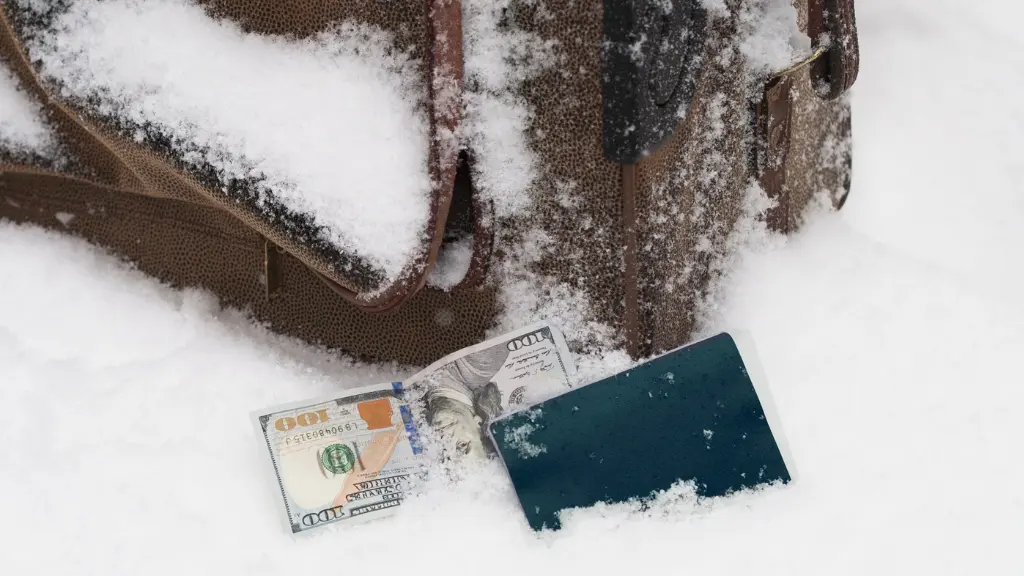Losing your passport while traveling can feel overwhelming, but a swift response can help you regain control and get you back on track. Here’s a step-by-step guide on what to do if you lose your passport, covering everything from immediate safety precautions to how to navigate the embassy process.
Whether you’re traveling for business, pleasure, or personal reasons, these seven essential steps will ensure you handle this travel setback with ease.
You May Also Like: 7 Budget-Friendly Ways to Enjoy Manhattan Like a Local Cheapskate
1. Stay Calm and Retrace Your Steps
As stressful as it may feel, try to stay calm. Losing your passport doesn’t mean the end of your trip; however, retracing your steps quickly can sometimes result in finding it before it’s permanently lost.
- Check Nearby Spots: Look in bags, coat pockets, or your hotel room.
- Contact Local Establishments: If you were recently in a restaurant, airport, or tourist attraction, contact them immediately to see if anyone has turned in your passport.
Pro Tip: In many countries, lost passports found by citizens are turned in to the local police or embassy. Consider checking with the local police station in case your passport has been found.
2. Report the Loss to Local Authorities
If your passport is genuinely missing, report it to the local police. Filing a report serves several purposes:
- Official Record: The report acts as an official record that can assist in the passport replacement process.
- Possible Requirement: Some U.S. embassies may require a police report to issue a replacement passport.
While it might seem unnecessary in some situations, this step can save time when dealing with both the embassy and your travel insurance.
3. Contact the Nearest U.S. Embassy or Consulate
The U.S. embassy or consulate is your next port of call. They will guide you through the process of obtaining an emergency passport so you can continue your travel or return home. Here’s what you need to know:
- Find Your Nearest Embassy: Use the U.S. Department of State’s website to locate your nearest embassy or consulate.
- Make an Appointment: In many cases, you’ll need to schedule an appointment. Explain that it’s an emergency, as some embassies will prioritize lost passport cases.
Pro Tip: Most embassies offer emergency hours for U.S. citizens in urgent situations. Be sure to inquire about these, especially if you’re close to your departure date.
4. Gather Required Documents
Before heading to the embassy, gather any documentation you still have. The more information you can provide, the smoother the process.
- Identification: If you have other forms of identification, such as a driver’s license, bring it.
- Proof of Citizenship: Previous passport photocopies, a birth certificate, or even a photocopy of your passport will help.
- Travel Details: Bring along a copy of your itinerary or airline ticket as proof of travel.
Pro Tip: Always keep a digital copy of your passport in your email or cloud storage for these types of emergencies.
5. Apply for an Emergency Passport
Once at the embassy, you’ll need to apply for an emergency passport. Emergency passports are usually valid for a shorter period but allow you to continue your travels or return to the U.S. until you can obtain a regular passport.
- Application Process: Complete the DS-11 form (U.S. Passport Application) and DS-64 form (Statement Regarding a Lost or Stolen Passport).
- Photo Requirements: You’ll need two passport-sized photos. Many embassies have photo services nearby, but it’s helpful to confirm this in advance.
- Fees: The replacement passport fee can vary, so check the embassy website or contact them directly for the latest information.
Pro Tip: Some embassies accept payments in local currency or by credit card, but having U.S. dollars on hand might expedite the process.
6. Consider Travel Insurance Options
If you have travel insurance, review your policy for lost passport coverage. Many policies cover expenses related to lost or stolen passports, including:
- Replacement Costs: Some travel insurance providers will cover the fee for obtaining a replacement passport.
- Accommodation and Meals: If you must stay longer than planned due to a missing passport, travel insurance may cover your accommodation and food costs.
Pro Tip: Call your travel insurance provider’s emergency line, as they can offer additional guidance specific to your policy.
7. Stay Vigilant for Potential Identity Theft
A lost passport can make you more vulnerable to identity theft, so taking steps to protect your information is essential.
- Monitor Your Accounts: Keep an eye on bank and credit card statements for any unusual activity.
- Report to Credit Bureaus: Consider reporting your passport loss to major credit bureaus, particularly if other items like your driver’s license were also lost or stolen.
Pro Tip: Consider setting up credit monitoring temporarily to catch any suspicious activity in the months following the loss.
Avoiding Future Passport Loss: Practical Tips
A lost passport is stressful, but taking steps now can reduce your chances of encountering this issue in the future:
- Use a Travel Wallet or Passport Holder: Keep your passport in a secure, designated spot while traveling.
- Digital Backup: Scan or photograph your passport and keep it in secure cloud storage so you can access a copy if needed.
- Multiple Copies: Have a photocopy of your passport tucked away in your luggage or with a trusted travel companion.
- Wear a Money Belt: For peace of mind, consider a money belt that’s worn under clothing and difficult for pickpockets to access.
Wrapping Up: Handling a Lost Passport Like a Pro
Losing your passport is undoubtedly stressful, but knowing what to do can ease the process and help you regain control quickly. With the right steps—from reporting to local authorities to visiting the U.S. embassy—you can navigate the replacement process efficiently and continue your travels or head home safely.
While this experience might feel like a setback, remember that you’re not alone. Thousands of travelers lose their passports each year, and embassy staff are well-prepared to help Americans in this situation. So, keep this guide handy for a smooth, low-stress response if you ever find yourself without your passport.










